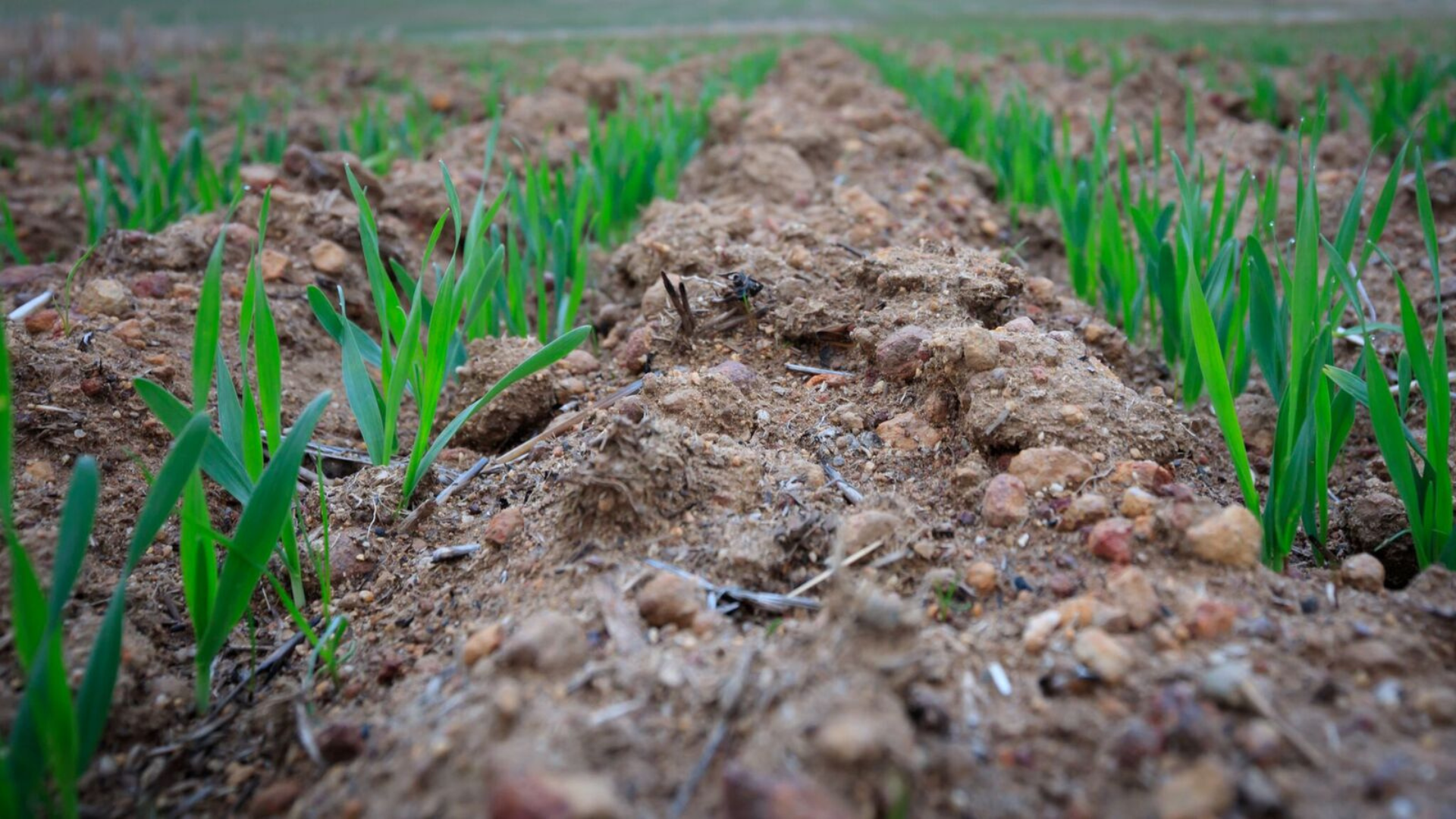We are in a time of significant change that brings a level of high volatility and uncertainty. This is currently most prominent with the US Trade Tariffs, which are on again, off again, depending on who has the ear of the US President. However, over the past few years, there have been a number of rapid-fire significant global events such as Covid, the ongoing Russian invasion of Ukraine, Middle East conflicts, including reduced shipping traffic in the Suez Canal. This has in part contributed to higher inflation across the globe, and as a result, impacted key farm inputs.
Australia’s agricultural landscape is often shaped by unpredictable and interlinked forces. Climatic extremes, global economic fluctuations, currency volatility, trade disputes, and domestic policy reforms contribute to a volatile operating environment. Amid these challenges, managing farm input costs is one of the most pressing tasks facing your farming business. Inputs such as fertiliser, chemicals, fuel, seed, labour, repairs & maintenance and machinery represent substantial operational costs, and prices can vary dramatically due to forces beyond your control. In periods of heightened uncertainty, the ability to manage these inputs effectively becomes not only a financial necessity but a key element of long-term business sustainability.
Input cost volatility arises from several global and domestic influences. Many of the essential inputs in Australian agriculture are globally traded commodities, meaning their prices are influenced by international supply and demand. Oil price fluctuations, for example, directly affect the cost of fuel and fertilisers, making long-term budgeting difficult. Currency movements also have a significant impact. When the Australian dollar weakens, the cost of imported inputs rises, squeezing profit margins, if the price of the commodity you produce doesn’t increase proportionately.
Climate variability introduces another layer of complexity. Events like drier seasons, floods, and bushfires disrupt production cycles and supply chains, often leading to shortages and price spikes. On top of these external factors, geopolitical developments such as trade sanctions or international disputes can abruptly change market conditions, as seen with the US global tariffs strategy or the access or flow of some global fertiliser supplies impacted by the broad sanctions applied to Russia. Labour costs and availability, particularly in seasonal work, also fluctuate depending on immigration policies and workforce disruptions, such as those experienced during the COVID-19 pandemic. Regulatory changes at the state and federal levels, including restrictions on pesticide use or future environmental compliance obligations, can further contribute to the uncertainty surrounding input costs.
The impact of these volatile conditions is deeply felt at the farm level. Profit margins are easily eroded when input costs rise while commodity prices remain stagnant or fall. Financial risks increase, especially for farms carrying debt or relying on tight cash flow margins. High and unpredictable input costs can force producers to scale back their operations or delay essential investments in machinery or infrastructure, ultimately affecting productivity and long-term growth. In extreme cases, you may have to decide whether certain operations remain economically viable.
In response, developing and adopting various strategies to better manage input costs under volatile conditions is essential. Effective financial planning is often the first and most crucial step. This involves preparing flexible, detailed budgets anticipating different pricing scenarios, allowing you to adjust spending and investment decisions as conditions change. Building contingency plans into your financial plans or budget is also helpful for unforeseen shocks. Regular cash flow forecasting and regular reviewing of the forecast are essential to ensure liquidity, especially during key production times such as seeding, harvesting, and shearing periods when input expenses are at their highest.
Another effective strategy is securing forward contracts for essential inputs. Locking in prices ahead of time can assist in mitigating the risk of cost increases later in the season. Similarly, some farmers have joined cooperative purchasing groups, which provide access to bulk buying arrangements and more substantial negotiating power with suppliers. This is particularly useful for smaller or medium-sized farms that might otherwise lack leverage in the market. Purchasing inputs in advance during off-peak periods, when prices are typically lower, can also yield substantial savings.
Technology is becoming a significant area of focus in the effort to control input costs. Precision agriculture tools, including GPS-guided equipment, cameras for spraying, variable rate technology, drones, satellite imagery, and soil moisture sensors, are now allowing farmers to apply fertiliser and chemicals with pinpoint accuracy, and in some cases, reduce or reallocate labour costs. This not only reduces waste but also enhances productivity outcomes. While the upfront investment in such technologies can be high, the long-term reduction in input usage and the improved efficiency often justifies the cost. In some cases, it can lead to lower-cost capital machinery upgrades, such as using drones or swarm bots for spraying.
Credit and other financial tools are essential to help navigate periods of volatility. Access to affordable credit allows you to purchase inputs when prices are favourable, rather than being forced to buy at peak prices due to cash shortages. A notable trend in the past few years, through higher input prices, has been the financial limits that have been in place to cover the peak seasonal debt, may no longer be sufficient. As such, it is important to review this when preparing and reviewing your budgets and undertaking your bank review, to ensure your seasonal limits are fit for purpose.
Strong relationships with input suppliers and agribusiness service providers are another often overlooked but highly valuable cost management strategy. By fostering trust and open communication, you can gain early access to discounts, secure better payment terms, and ensure supply during periods of shortage. Loyalty to suppliers can lead to priority access during high-demand periods, which can be a significant advantage in times of crisis.
Finally, ongoing education, training, and participation in industry networks can ensure you remain informed about the latest research, innovations, and policy developments. Attending field days, grower group meetings and workshops facilitates the exchange of ideas and experiences, which can uncover new cost-saving opportunities or reveal emerging threats. Local grower groups can provide valuable support in this area.
In conclusion, managing farm input costs during periods of volatility and uncertainty in Australia requires a multifaceted approach that blends financial prudence, technological innovation, a desire to seek out and improve your production and management, and forging strong business relationships. The ability to forecast, adapt, and implement cost-saving practices is essential to maintaining profitability and business continuity. Australian farmers have a long history of resilience and adaptability, and with the right tools and strategies, you can continue to thrive in even the most challenging circumstances.


